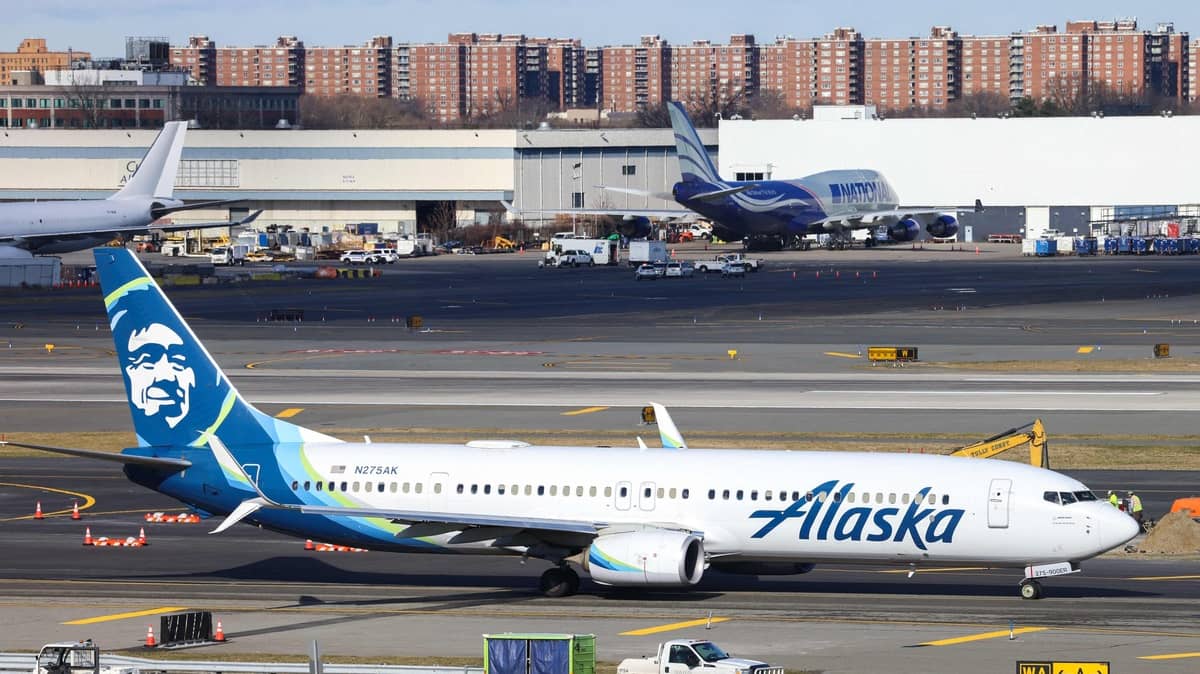
Following several controversies involving the Boeing 737 Max in recent years, including an emergency door that came in the middle of the plane a few months ago, some passengers refuse to set foot on it.
• Read more: Boeing: “Non-Compliance Issues” Identified
• Read more: MH370 missing in 2014: Malaysia open to possibility of resuming search
• Read more: Events at Boeing: The head of the 737 Max program steps down
This was especially the case with American Ed Pearson, who was about to fly from Seattle to New Jersey.
When he realized his plane was a Boeing 737 Max, he got up and exited the plane, CNN reported.
“I looked at the airport and it said it's not going to be the 737 MAX,” he explains. I went through security and went for a coffee. When I got on the plane, I sat down and saw that it was actually a 737 MAX.
A flight attendant questioned him as he got up to leave.
“I want to get off the plane,” he told her.
According to CNN, many passengers refuse to set foot on the model, which has been involved in two accidents in addition to an emergency exit door falling off mid-flight.
The same goes for Belen Estacio, which has boycotted the 737 Max since the incident in January.
“No matter the model, I don't want to fly with them,” he said. The Alaska Airlines incident further confirms that Boeing is not doing enough to fix the problems.
Boeing is currently under investigation by the Federal Aviation Administration (FAA) and the Aviation Safety Agency (NTSB), including its safety control protocol, following an emergency door failure incident on an Alaska Airlines flight.
A spokesperson for the multinational company told CNN that “the company has invested a lot of money in its employees over the past few years”, while its engineer count has increased by 10%, specifically, “in addition to increasing the number of staff” by 25%.




More Stories
More than 200 former Republican aides back Kamala Harris | US Election 2024
An investigation into the ill-treatment of the Lev Tahor sect in Guatemala
Brossard is suspected by the US of supporting Russia’s war effort